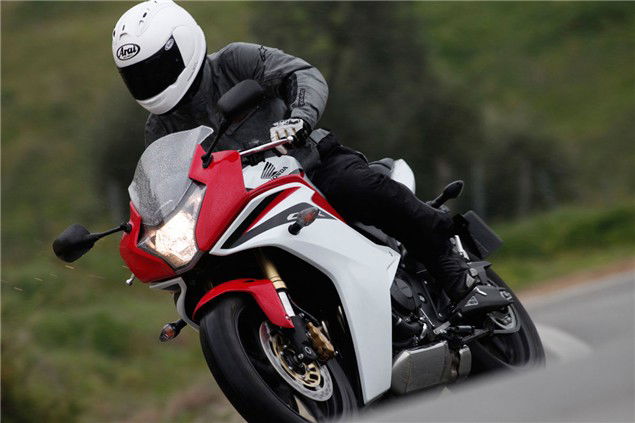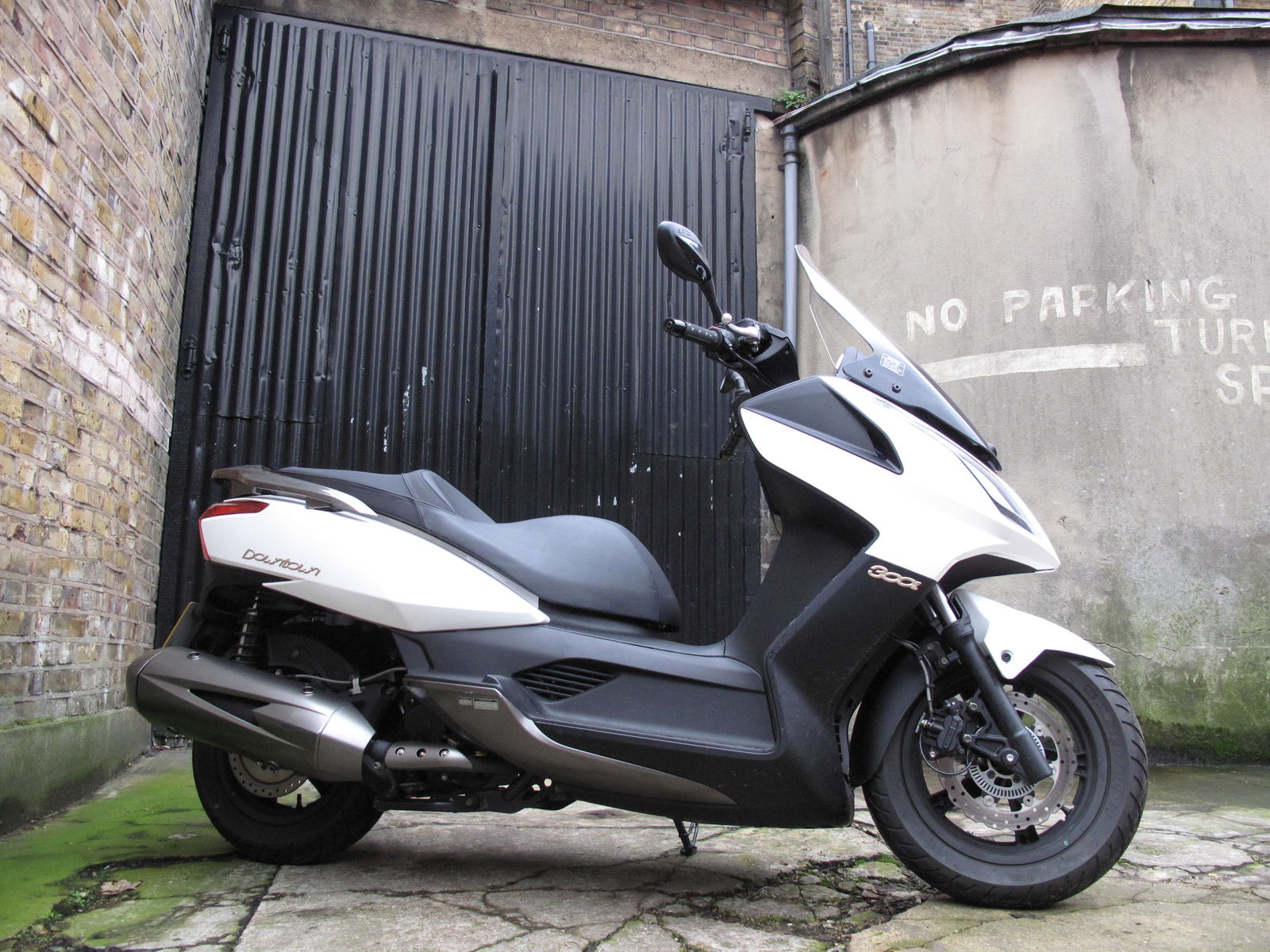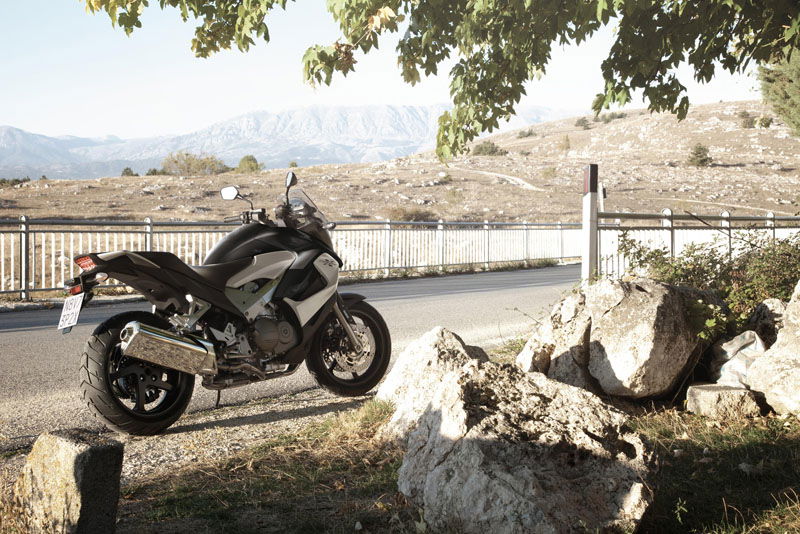First Ride: 2011 Honda CBR600F
The return of the renowned CBR600F or just a full-faired Hornet?


You probably know someone that has, at one stage in their biking life, owned a Honda CBR600F. First launched in 1987, it has been the bedrock of middleweight Honda sales, but, unlike the VFR or NC models, it never really got cult status. It’s never been ‘a must own’ and yet tens of thousands of us have owned one.
Now, 24 years later, the CBR600F is back but it’s got to fight harder than ever to sell as well as it has in the past. Honda’s 600cc range runs like this: The CBF600, the CB600F Hornet, the CBR600RR and now the CBR600F has to muscle its way into that line-up.
The outright success of every CBR600F model to date has been down to the fact the bikes are easy to get on with, capable, versatile and value for money. They strike a chord with those of us who want performance, comfort and looks without looking to shave 0.3 seconds off their time to the greasy bacon sandwich stop on a Sunday morning. On the flip side, if it’s capable but boring, well, no-one wants that.
The fact is, the CBR600F sits slap-bang in the middle of the CB600F Hornet and CBR600RR in terms of performance, comfort and price.
Sat on the bike, its seat height is identical to the Hornet, but the reach to the bars not quite as far as the CBR600RR. The result is a riding position that, even just pulling away, feels more relaxed, less knees and elbows than the CBR600RR. There’s definitely a feeling of being sat ‘in’ the CBR600F and not perched on it.
The area infront of you feels spacious and not clustered. There’s plenty of room to tuck in behind the screen should you want to, but I hazard a guess that most CBR600Fs will spend the majority of their life with a tankbag strapped to the tank, carrying the essentials for that daily commute or cross-europe trip. There’s no need to tuck in on the CBR600F, the standard screen is plenty big enough. At 90mph, sat largely upright, life’s pretty good behind the bubble of air behind the screen. It’s certainly more comfortable than you would be on a CBR600RR or a naked Hornet. After a day’s riding I got off the bike, ache-free. No pain in my wrists, no tense areas between my shoulders.

